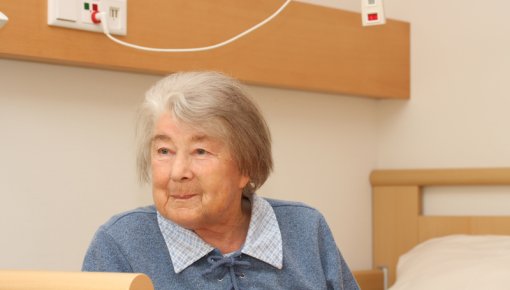Alderden J, Rondinelli J, Pepper G et al. Risk factors for pressure injuries among critical care patients: A systematic review. Int J Nurs Stud 2017; 71: 97-114.
Deutschsprachige Medizinische Gesellschaft für Paraplegie (DMGP). Querschnittspezifische Dekubitusbehandlung und -prävention (S1-Leitlinie). AWMF-Registernr.: 179-008. 2017.
European Pressure Ulcer Advisory Panel (EPUAP). Prevention and Treatment of Pressure Ulcers/Injuries: Quick Reference Guide (QRG). 2019.
Gillespie BM, Walker RM, Latimer SL et al. Repositioning for pressure injury prevention in adults. Cochrane Database Syst Rev 2020; (6): CD009958.
Lima Serrano M, González Méndez MI, Carrasco Cebollero FM et al. Risk factors for pressure ulcer development in Intensive Care Units: A systematic review. Med Intensiva 2017; 41(6): 339-346.
Mäki-Turja-Rostedt S, Stolt M, Leino-Kilpi H et al. Preventive interventions for pressure ulcers in long-term older people care facilities: A systematic review. J Clin Nurs 2019; 28(13-14): 2420-2442.
Shi C, Dumville JC, Cullum N. Support surfaces for pressure ulcer prevention: A network meta-analysis. PLoS One 2018; 13(2): e0192707.
IQWiG health information is written with the aim of helping people understand the advantages and disadvantages of the main treatment options and health care services.
Because IQWiG is a German institute, some of the information provided here is specific to the German health care system. The suitability of any of the described options in an individual case can be determined by talking to a doctor. informedhealth.org can provide support for talks with doctors and other medical professionals, but cannot replace them. We do not offer individual consultations.
Our information is based on the results of good-quality studies. It is written by a team of health care professionals, scientists and editors, and reviewed by external experts. You can find a detailed description of how our health information is produced and updated in our methods.



